
Congratulations to the Winners of the 2025 Global E-STEM Awards!
Join us in celebrating the 2025 Winners of the Global E-STEM Awards, presented by Pratt & Whitney in collaboration with the North American Association for Environmental Education (NAAEE).
The 2025 Global E-STEM Awards bestow grants totaling $250,000 to 15 nonprofit organizations in 14 countries. Each organization demonstrated a remarkable commitment to advancing education programs focused on building science, technology, engineering, and math skills through environmental problem-solving (E-STEM) for students ages 11–22. The programs equip students with the knowledge, skills, and motivation to take action to advance conservation stewardship and solutions, energy efficiency, and next-generation transportation.
What is E-STEM?
E-STEM engages students in meaningful, real-world environmental problem-solving that integrates science, technology, engineering, and math (STEM). E-STEM is not only a philosophy of teaching that promotes interdisciplinary learning, but also inspires students to apply what they learn to help solve complex environmental issues.
2025 Excellence Prize Winners—Recognizing Excellence in Established Programs
Image
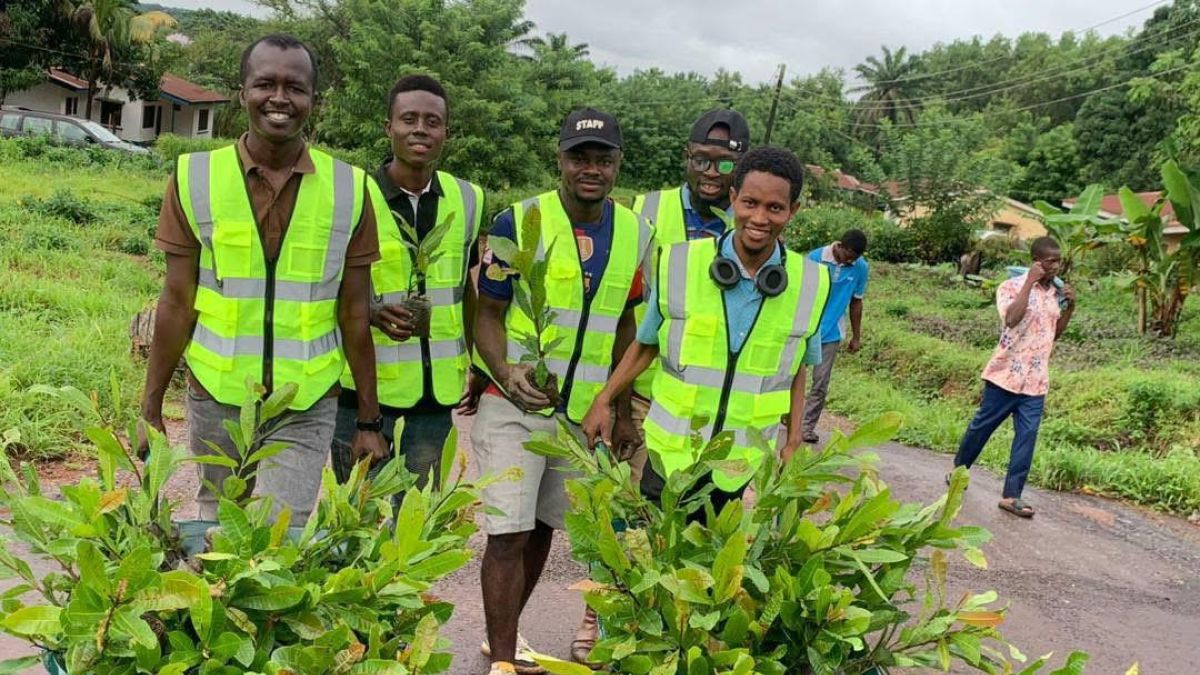
Action for Community Resilience Group, Sierra Leone
The Solar-Smart Agroforestry Lab is a groundbreaking 9-month initiative designed to empower Sierra Leone’s youth—particularly young women—with the skills, knowledge, and leadership capacity to become innovators in climate-smart agriculture and environmental STEM fields.
Image

Bangladesh Youth Environmental Initiative (BYEI), Bangladesh
The National Earth Olympiad (NEO) is a transformative youth education and action program that equips students with critical thinking, problem-solving, and action skills needed to tackle complex climate and environmental challenges in their communities.
Image
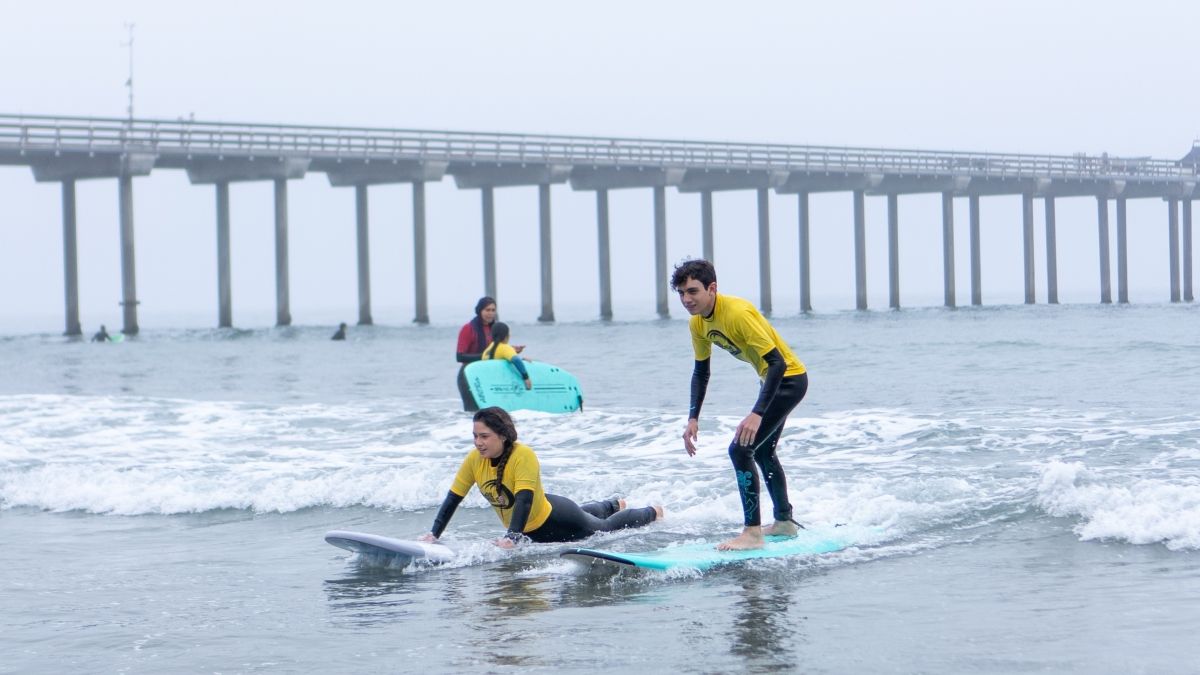
Kilometro Uno, Mexico
Generación SEA is a binational climate,bilingual, and youth-led resilience academy that equips youth from coastal communities in the Cali-Baja region to address cross-border challenges tied to ocean health using STEM-based knowledge, leadership skills, and community-rooted strategies.
Image
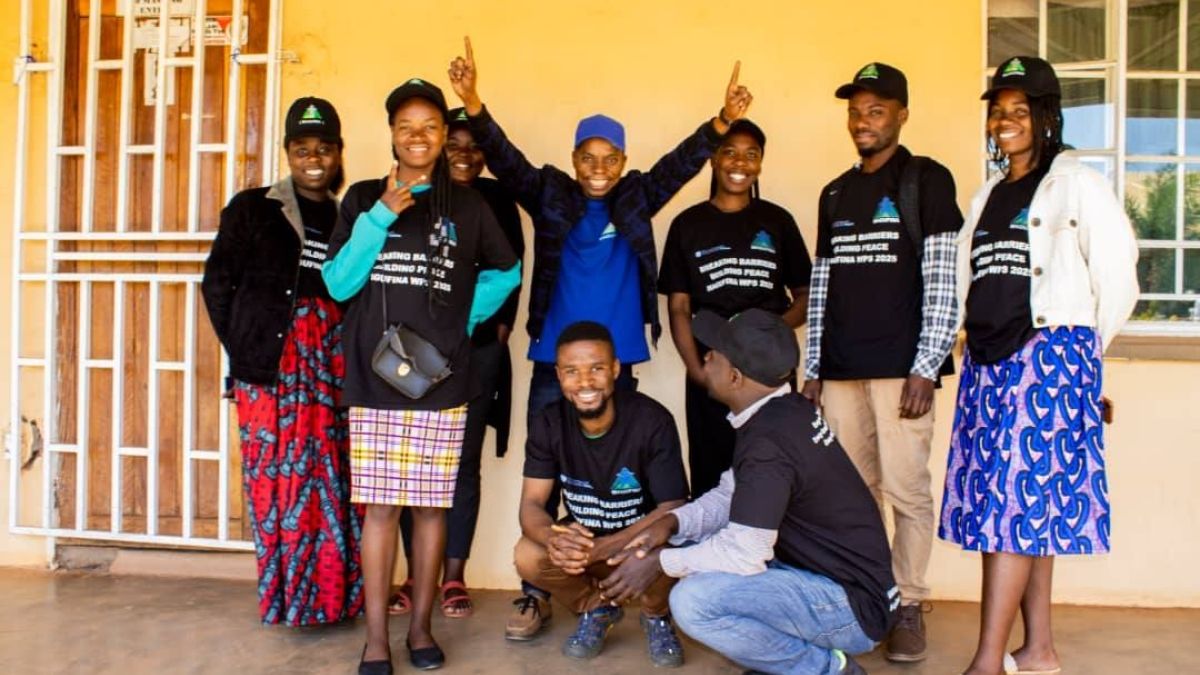
Let’s Be Transformed (MAGUFINA), Malawi
MAGUFINA’s "Green Youth Leaders" initiative is transforming environmental awareness in Dzaleka Refugee Camp through Eco-Innovation Labs that offer hands-on E-STEM learning to develop the skills and competencies essential for environmental careers.
Image
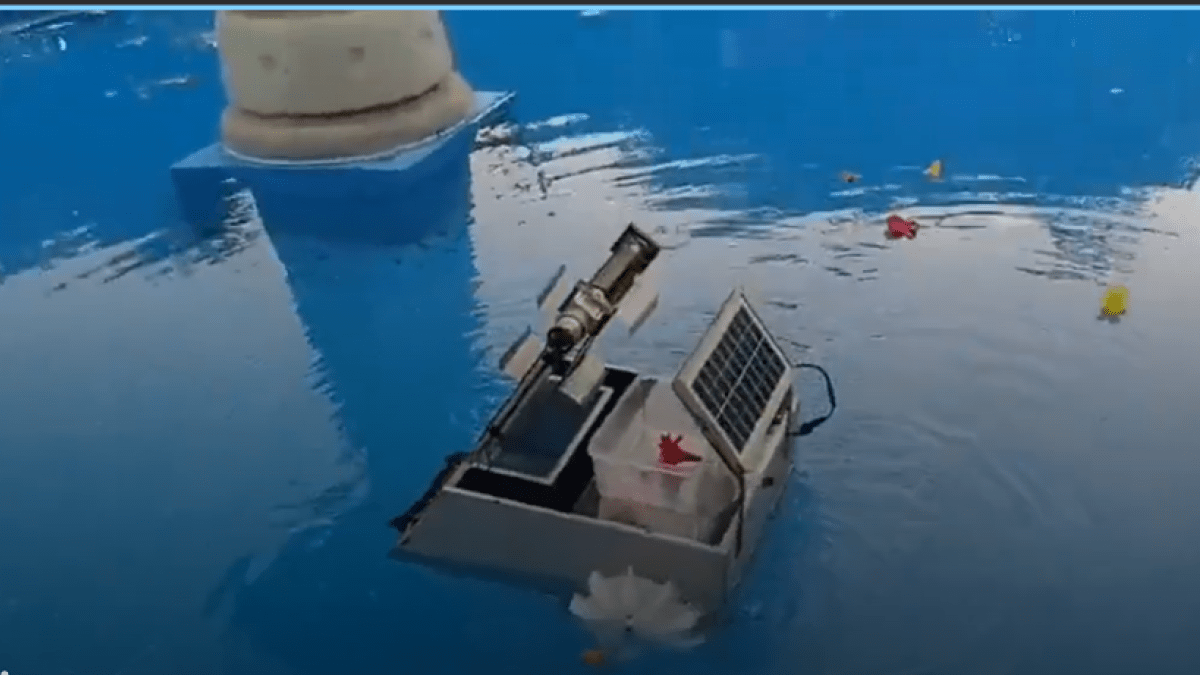
Sri Sivasubramaniya Nadar College of Engineering, India
Eco-Intelligence is a student-led initiative at SSN College of Engineering (Shiv Nadar Foundation), integrating robotics, isotopic analysis, and geophysical surveys to address water pollution in Tamil Nadu, India.
Image
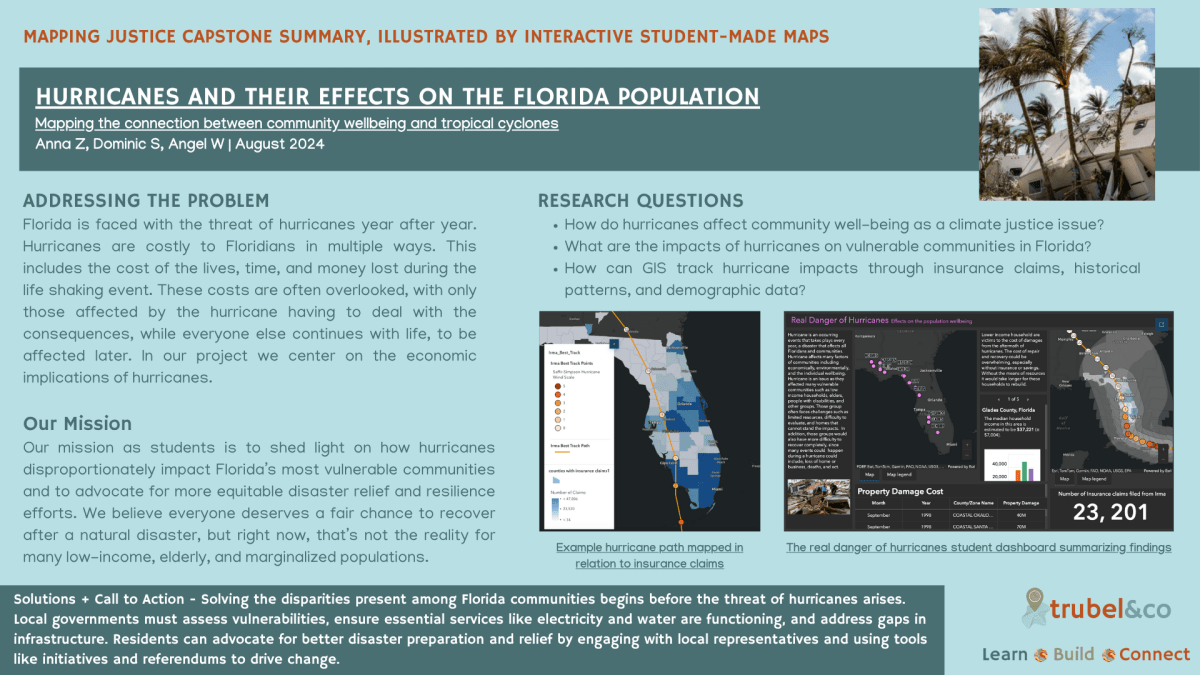
trubel&co, United States
trubel&co’s flagship program, Mapping Justice, integrates STEM and environmental education to equip students with the tools to investigate, map, and respond to local ecological challenges, with the goal of building environmental literacy and career pathways.
2025 Innovation Grant Winners—Supporting New Programs
Image
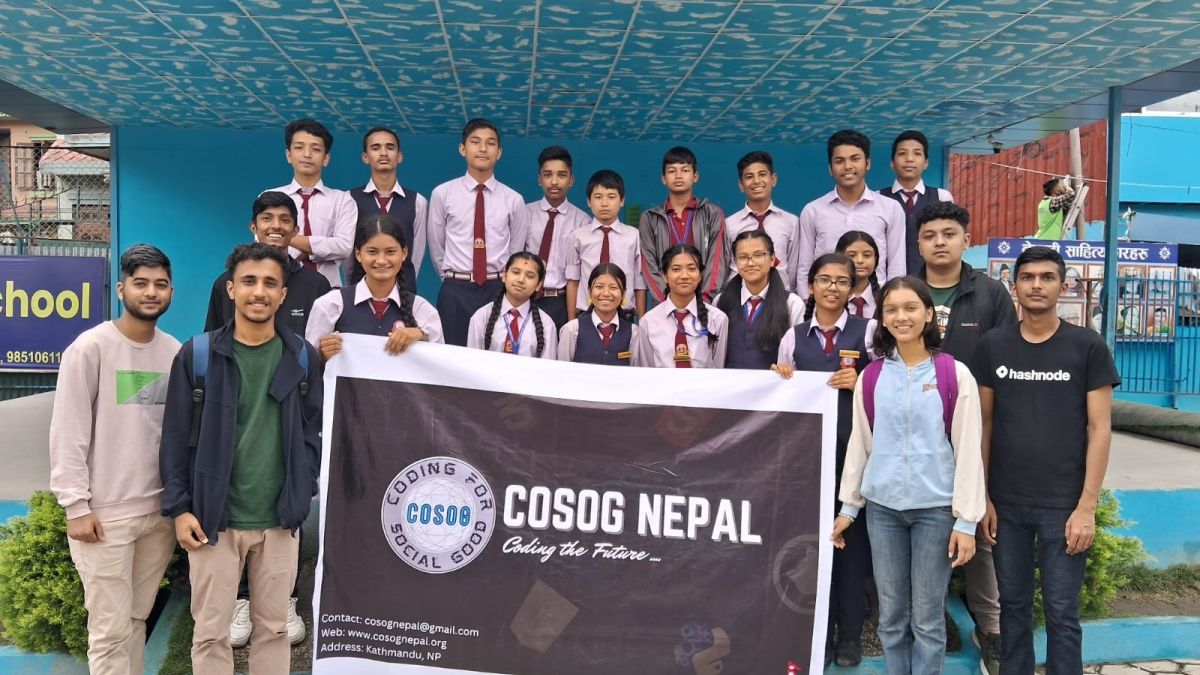
Coding for Social Good, Nepal
Cosog Nepal E-STEM Fellowship integrates environmental literacy training with hands-on technology skills to address critical environmental challenges. Students work in mentored teams to build technology prototypes addressing current pressing ecological problems.
Image
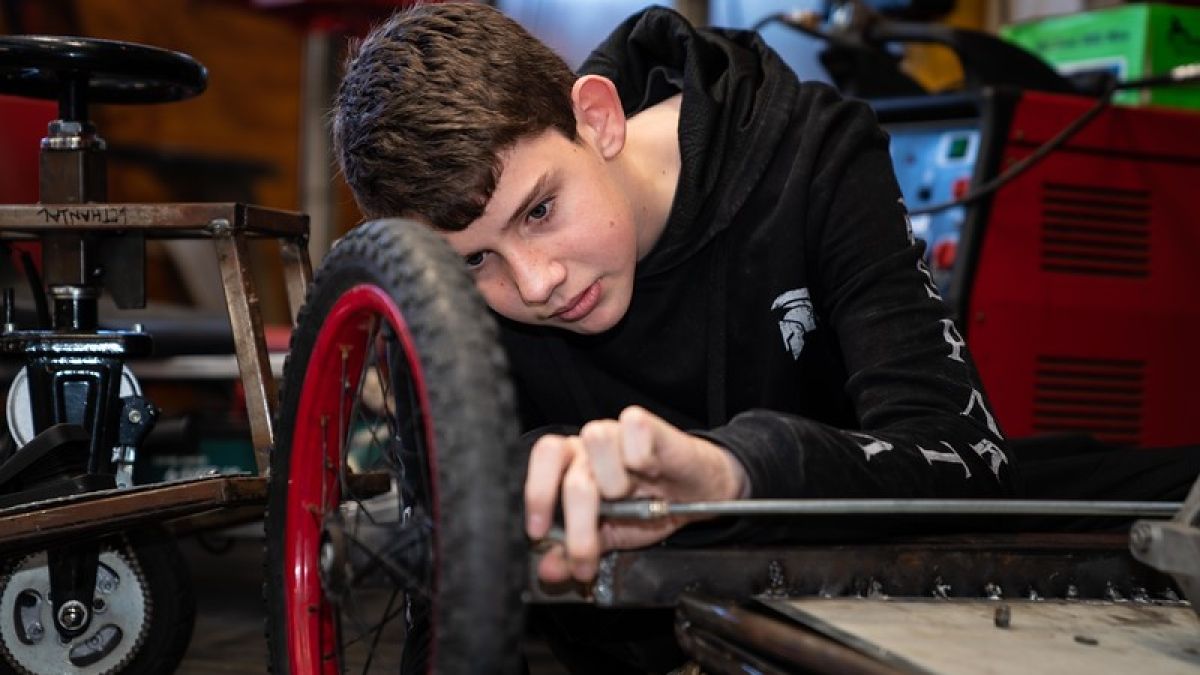
EVolocity Charitable Trust (EVolocity), New Zealand
EVolocity is an incubator for innovation & engineering excellence that attracts more young people into sustainable engineering and STEM fields by empowering youth to design, build, and race electric vehicles- combining STEM & clean-tech in one electrifying experience.
Image
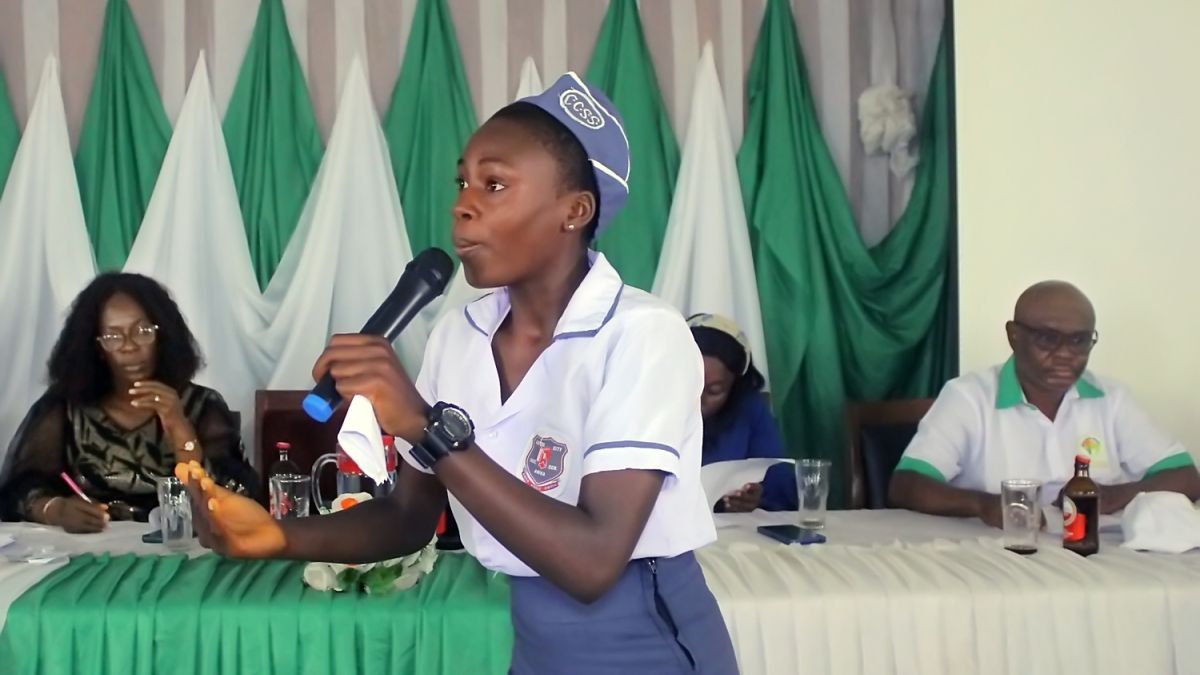
Green Environment and Climate Change Initiative (GRENCHI), Nigeria
The Green Action Pathway (GAP) is a place-based educational project that integrates STEM into environmental education to build skills, foster innovation, and inspire youth-led action for sustainable communities, resilient ecosystems and career readiness.
Image
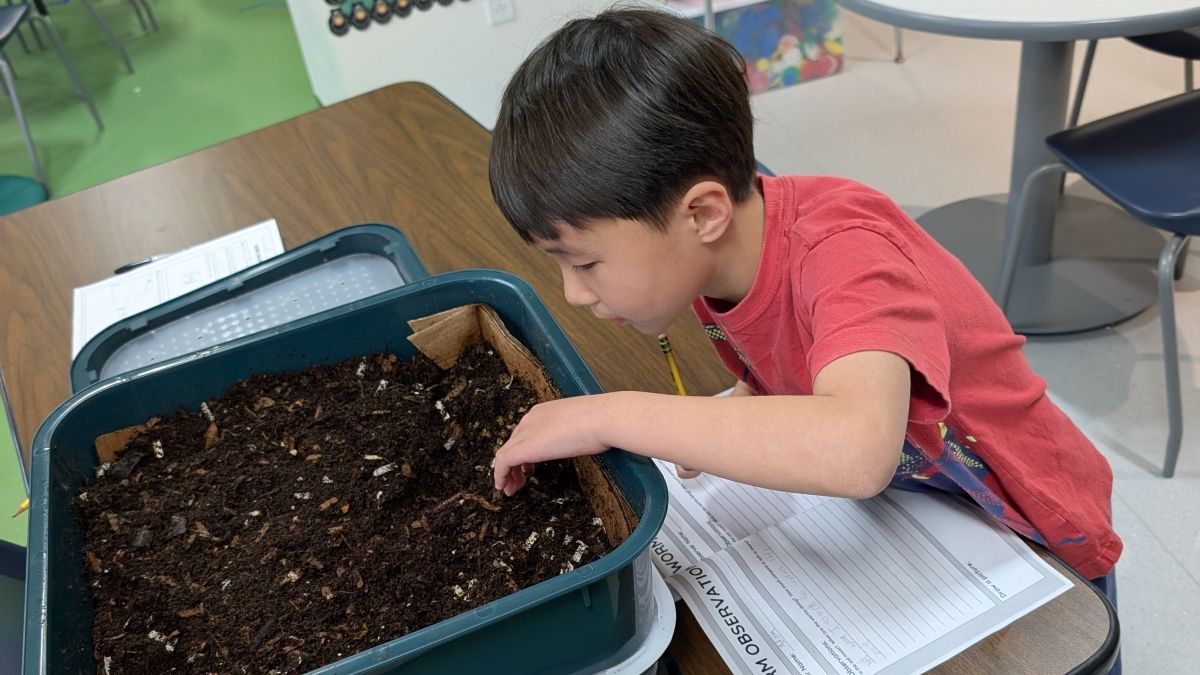
Missouri Environmental Education Association, United States
The Green Schools Quest is a student-driven environmental leadership program that empowers middle and high school students across Missouri to identify and solve real-world environmental problems in their schools and communities.
Image

Preservando, Peru
Guardianes de la Cuenca is a replicable model for youth-led climate action that empowers Indigenous youth to become local leaders in water protection. Students learn to use STEM skills to develop ecologically viable and economically sustainable solutions to local issues.
Image
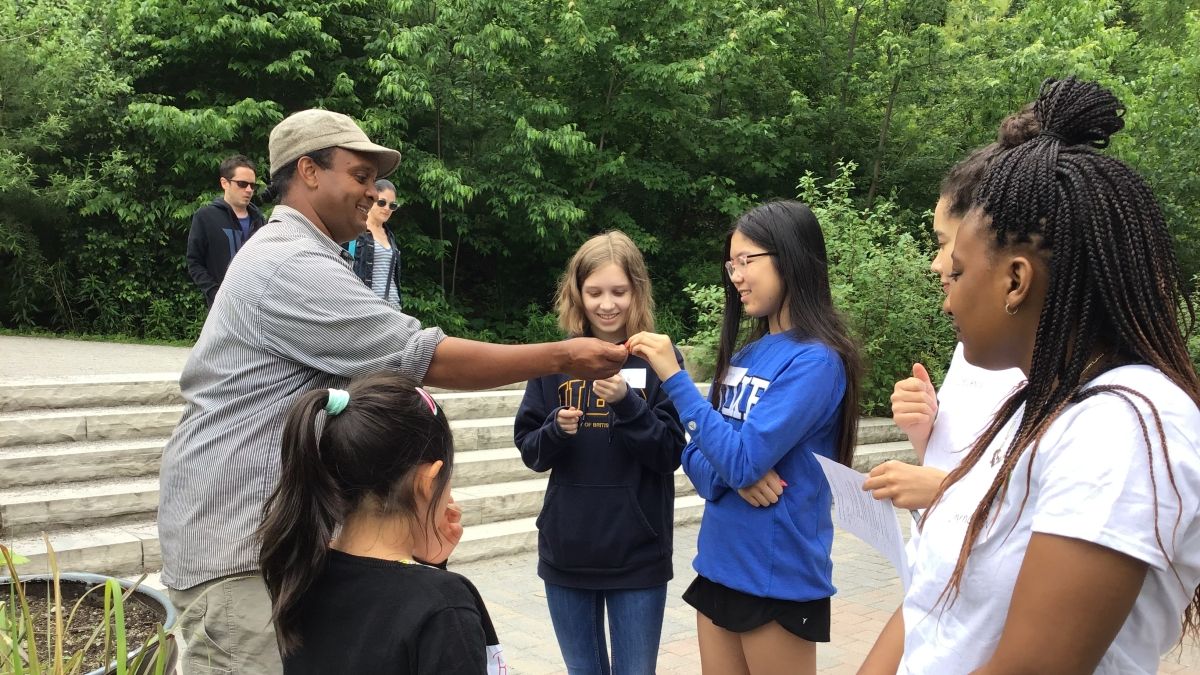
Up4 The Challenge, Canada
Youth Power: Smart Schools is a 12-week initiative engaging middle school students and mentors, from underserved communities in experiential learning, where students explore energy conservation to reimagine sustainable schools.
Image
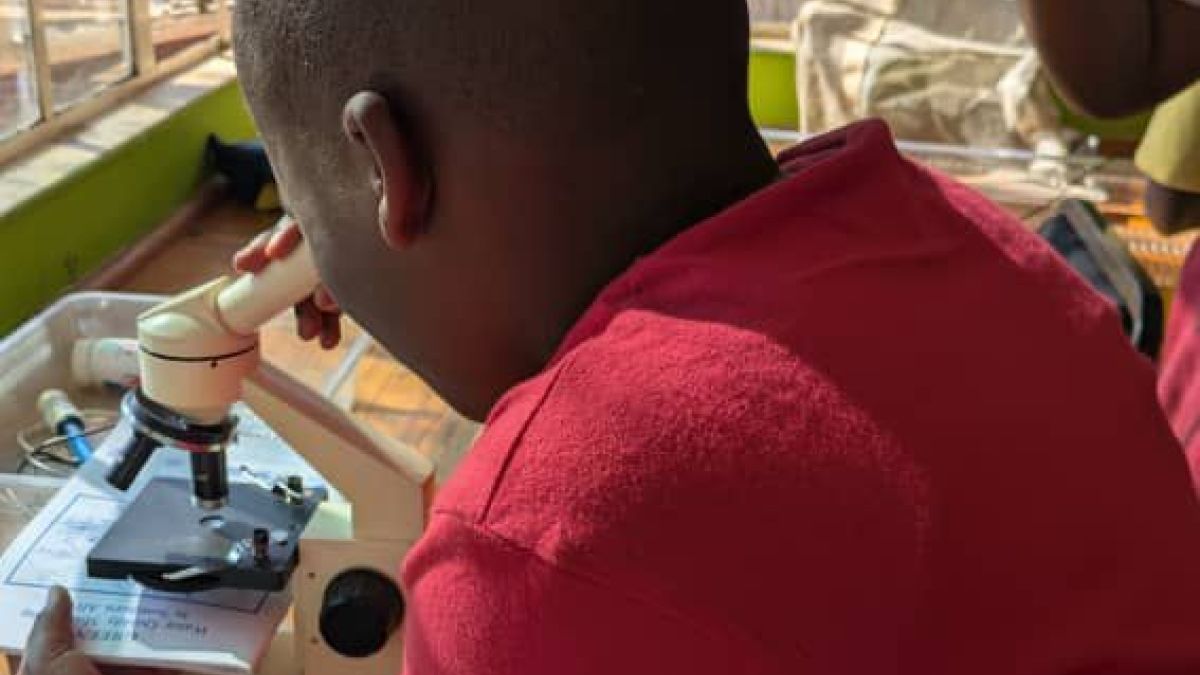
WESSA (The Wildlife and Environment Society of South Africa), South Africa
WESSA’s E-STEAM program combines outdoor learning with traditional classroom instruction, to create biomimicry based learning experience for rural children who traditionally lack access to technology and laboratory resources.
Image
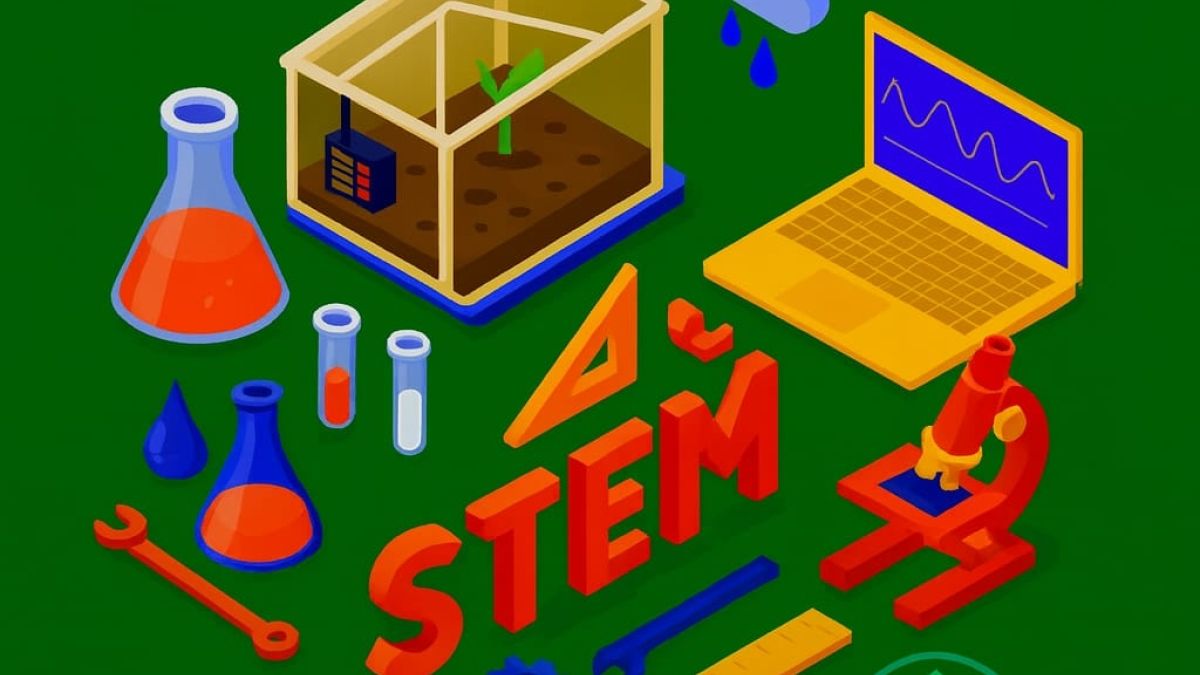
Zeytinlibahçe Vocational and Technical Anatolian High School, Turkey
From Salty Soil to Hope is a student-led project in Mersin, Türkiye, where rural students co-design a solar-powered smart irrigation and natural filtration system. It lowers soil salinity, saves water, and integrates STEM learning with real-world farming challenges, inspiring sustainable agriculture and empowering youth.
2025 Next-Generation Transportation Grant Winner—Supporting E-STEM Solutions to Aviation and Transport
Image
Fundación Pachamama, Ecuador
Fundación Pachamama aims to create a solar-electric school canoe that serves as a dynamic learning platform for Achuar students in the Amazon. The canoe integrates STEM education with environmental stewardship, cultural heritage, and student-led innovation, empowering youth to explore sustainable technologies and cultivate skills for future environmental careers.
Learn about the inspiring work of previous Global E-STEM Award Winners:
2025 Awards Additional Information
Eligibility
Applicant organizations must:
- Be a school, academic institution, or university, or a non-governmental organization that is tax-exempt with recognized legal status in their respective country that is equal to section 501(c)(3) status in the United States. You will be requested to upload documentation to prove your nonprofit status in your application.
- Be based in a country not be subject to U.S. or other applicable governmental sanctions and other restrictions. See a full list of U.S. sanctions here.
- Have a working bank account that can receive electronic funds in USD. The bank must not be subject to U.S. or other applicable governmental sanctions and other restrictions.
- Be able to demonstrate fiscal and administrative stability.
- Submit a program that worked with students aged 11-22.
- Be able to administer programs between December 2025–October 2026.
- Submit applications online through Submittable by 11:59 PM U.S. Eastern Time on July 2, 2025 (time converter).
Only submissions in English will be considered.
Funding Opportunities
All applicants will be considered for the following funding pools:
- E-STEM Innovation Grants between $5,000–$15,000 USD each will be awarded to organizations proposing a new or expanded E-STEM project or program.
- E-STEM Excellence Prizes of $15,000–$50,000 USD will support new or expanded projects by organizations that also demonstrate excellence through their previous E-STEM programming.
- Next-Generation Transportation Grant of $10,000 USD will be awarded to one organization with proposed work focused on next-generation aviation technology and other transportation issues. This can include elements like energy efficiency, SAFs, and more.
Proposals must engage students in at least one of the four STEM topics (science, technology, engineering, and/or math) and at least one of the following priority areas:
- Conservation stewardship and solutions
- Energy efficiency
- Next-generation transportation
Benefits and Requirements
Awardees will receive:
- Funding to support their E-STEM programs.
- Global recognition of their organization’s work through NAAEE and Pratt & Whitney’s platforms.
- Professional development and peer learning opportunities with E-STEM awardees.
- Access to the NAAEE network and Pratt & Whitney nonprofit community.
Awardees are expected to:
- Attend a virtual 1-hour awardee orientation in late 2025 or early 2026.
- Evaluate and report on project activities and outcomes related to STEM interest, STEM skills, environmental literacy, and any other project-specific outcomes through a midterm and final report.
- Provide periodic updates on the project’s progress throughout the award year.
- Participate in quarterly opportunities to share project activities, outcomes, and lessons learned with NAAEE and Pratt & Whitney staff, fellow E-STEM Awardees, and the public (e.g., through blogs, social media, and/or other platforms).